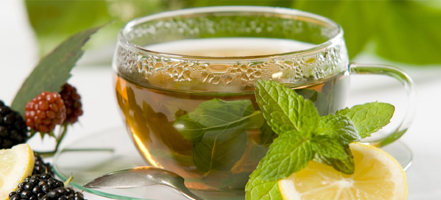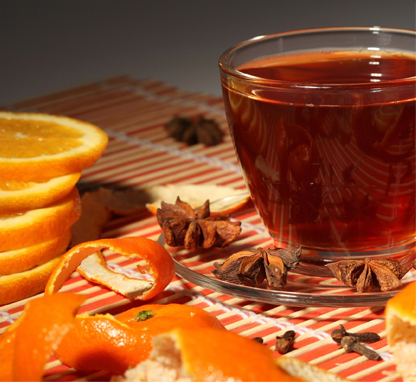Green Tea (Catechin) Ingredient May Promote Healthy Weight Loss
Research aimed at finding the active compounds in green tea revealed that its protective effects are due chiefly to catechins. Tea contains four main catechin substances: EC, ECg, EGC and EGCg, all of which are inclusively called catechin. Epigallocatechin gallate (EGCG) is the most powerful of these catechins. EGCG as an antioxidant is about 25-100 times more potent than vitamins C and E. One cup of green tea provides 10-40 mg of polyphenols and has antioxidant effects greater than a serving of broccoli, spinach, carrots, or strawberries. The high antioxidant activity of green tea makes it beneficial for protecting the body from oxidative damage due to free radicals. Research shows that green tea may help the arterial wall by reducing lipids. Green tea can protect against experimentally induced DNA damage, and slow or halt the initiation and progression of undesirable cell colonies. Studies show evidence that green tea provides immunoprotective qualities, particularly in the case of patients undergoing radiation or chemotherapy. White blood cell count appear to be maintained more effectively in patients consuming green tea compared to non-supplemented patients.
 If you are cold, tea will warm you; if you are too heated; it will cool you; if you are depressed, it will cheer you; if you are exhausted, it will calm you.
If you are cold, tea will warm you; if you are too heated; it will cool you; if you are depressed, it will cheer you; if you are exhausted, it will calm you.
Green tea is manufactured from fresh, unfermented tea leaves; the oxidation of catechins is minimal, and hence they are able to serve as antioxidants. Researchers believe that catechin is effective because it easily sticks to proteins, blocking bacteria from adhering to cell walls and disrupting their ability to destroy them. Viruses have 'hooks' on their surfaces and can attach to cell walls. The catechin in green tea prevents viruses from adhering and causing harm. Catechin reacts with toxins created by harmful bacteria (many of which belong to the protein family) and harmful metals such as lead, mercury, chrome, and cadmium.
Tannin in green tea is mostly catechin and is a key component in its taste providing the astringency. The amount of catechin tends to increase as the season progresses. Spring tea (first crop) contains 12-13% catechin (13-17% as tannin) while summer tea (third crop) contains 13-14% (17-21% as tannin). If leaf order is compared, younger leaves include more catechin than mature ones. First leaves contain 14%, second 13%, third 12%, and fourth 12%. This explains why second and third crop summer teas are more astringent while Bancha is less so. Gyokuro green tea, whose leaves are covered during growth, contains less catechin and astringency (10% as tannin) because it gets less sunshine then Sencha.







